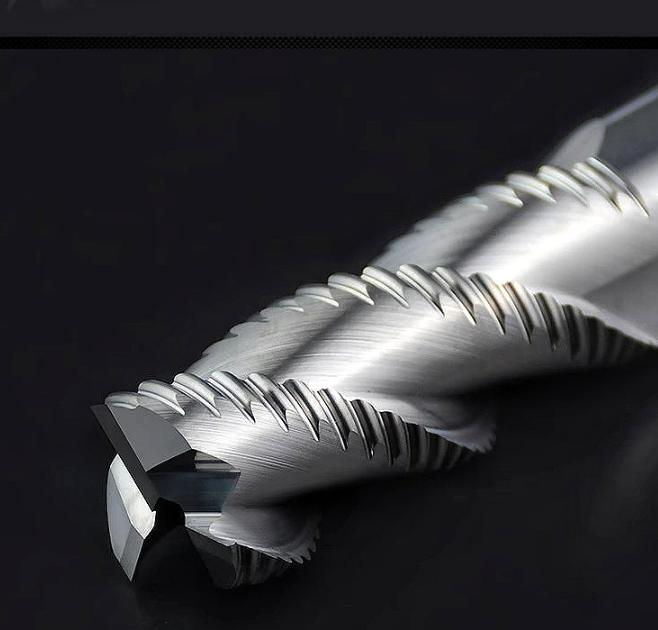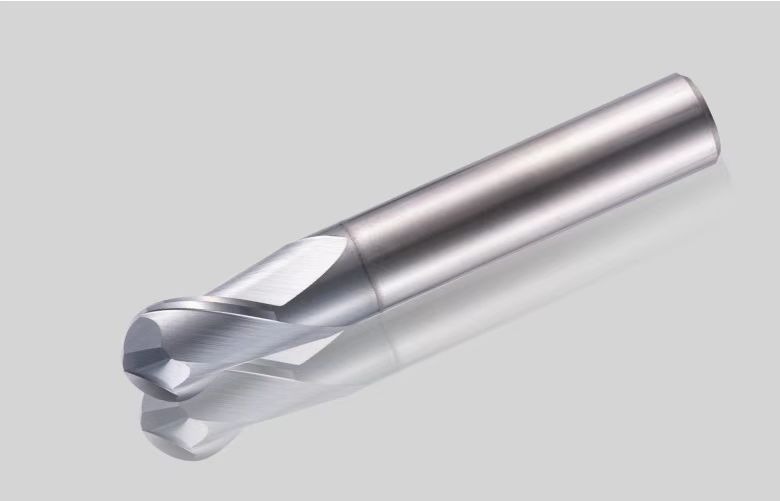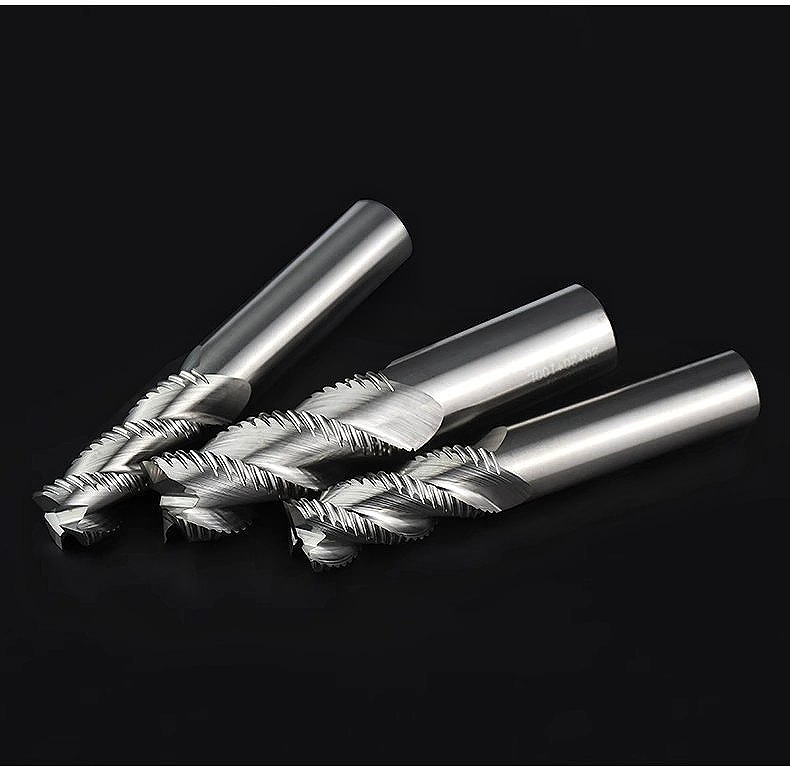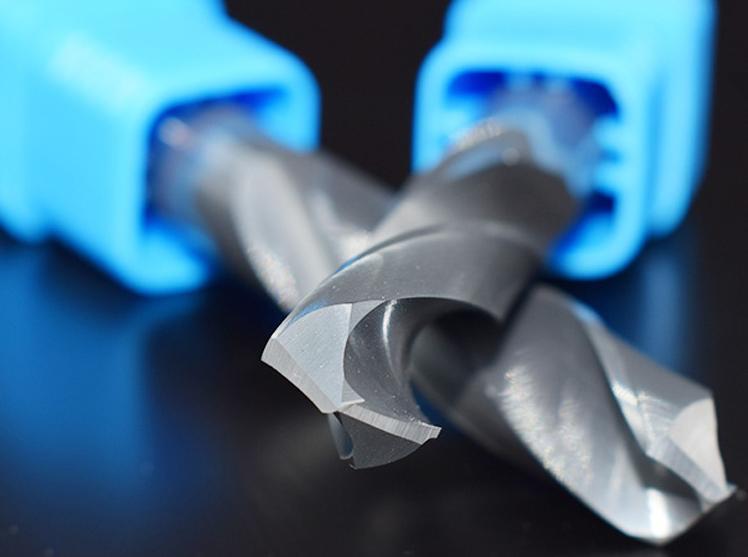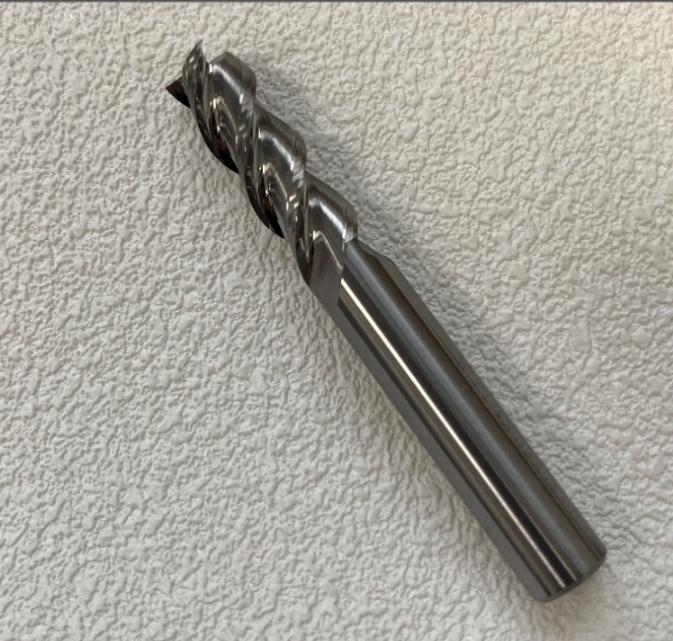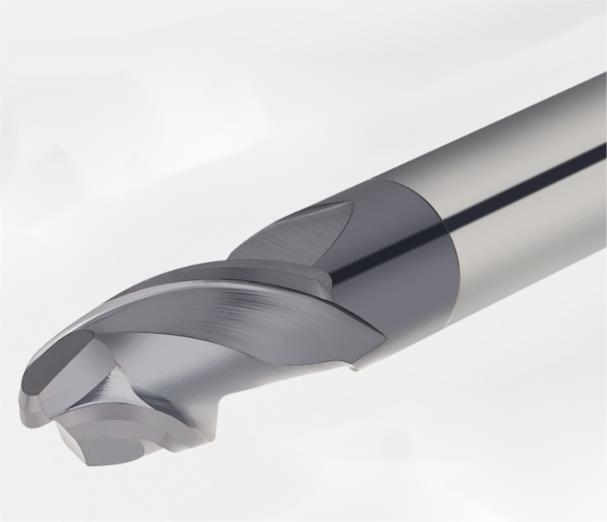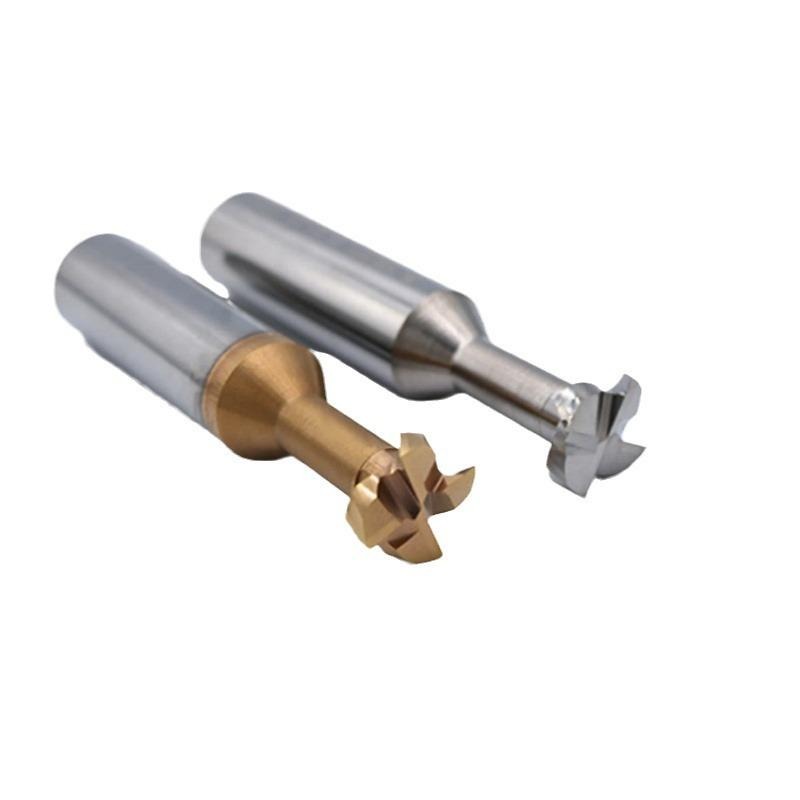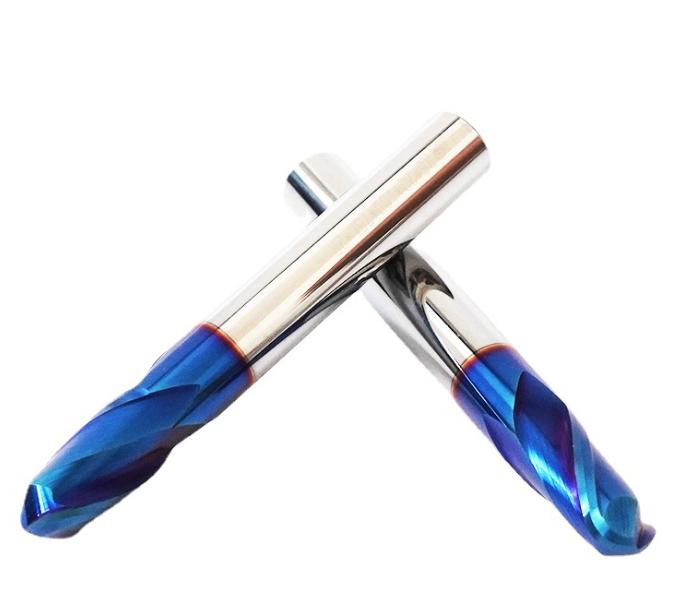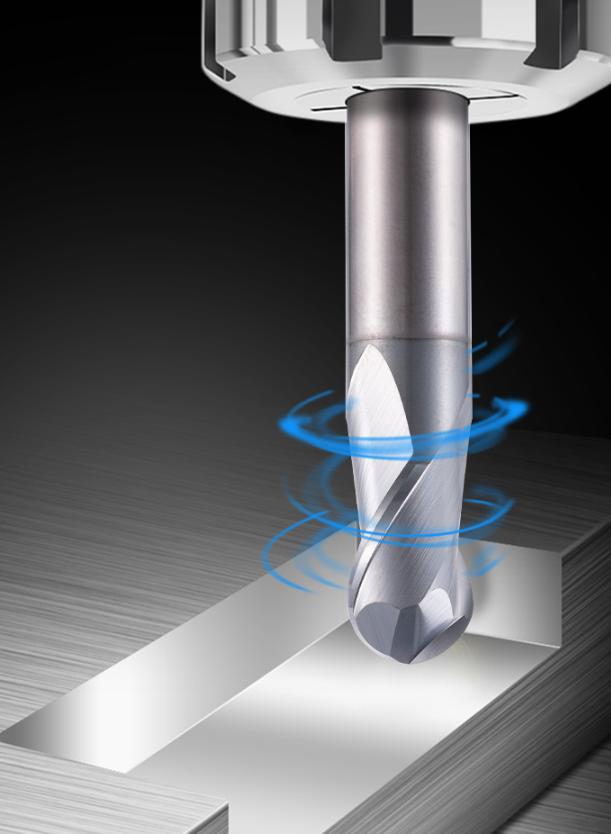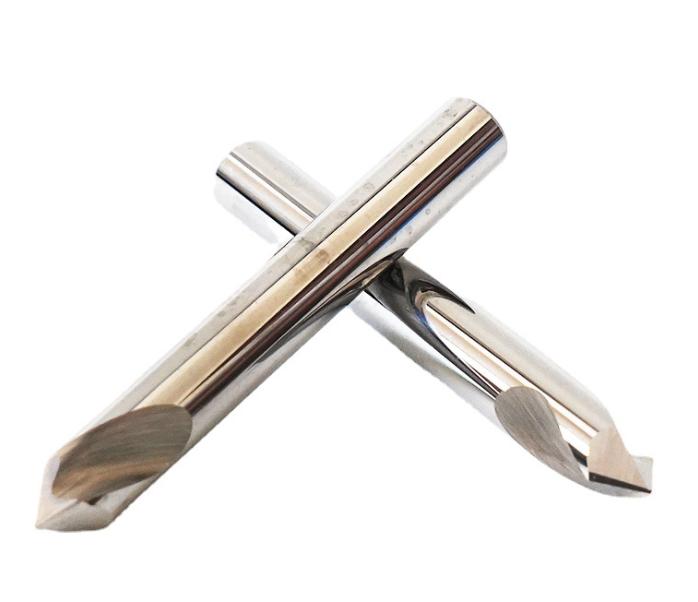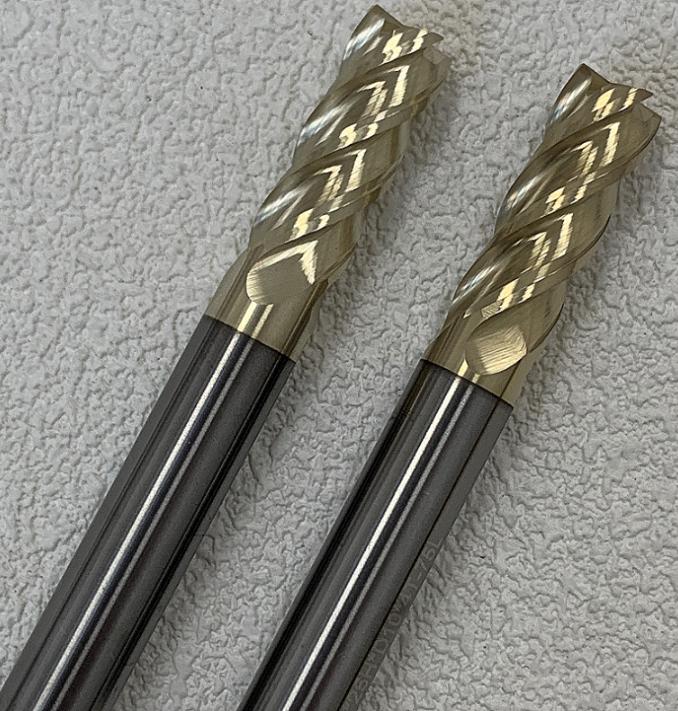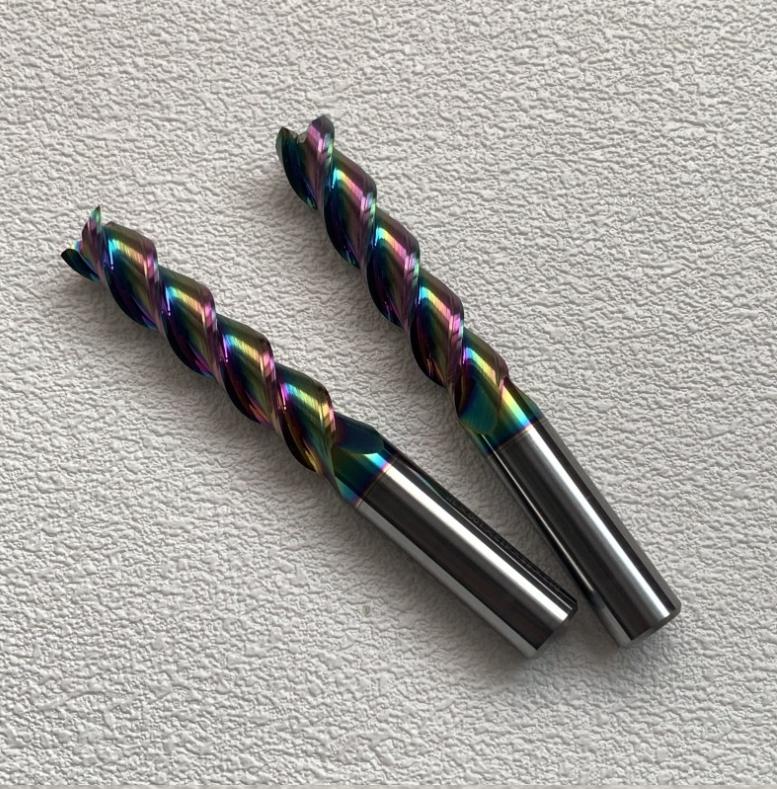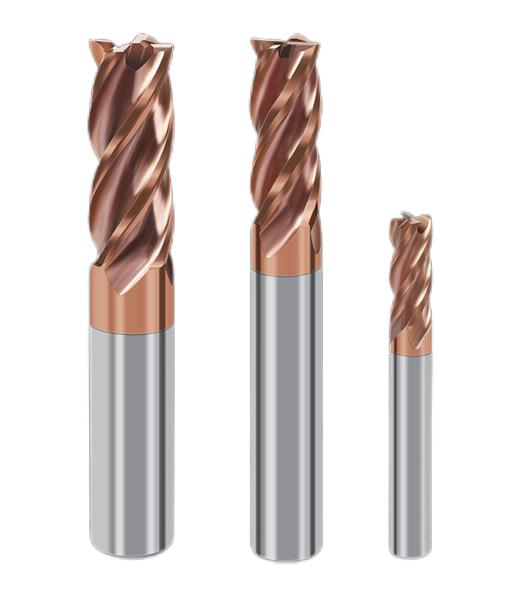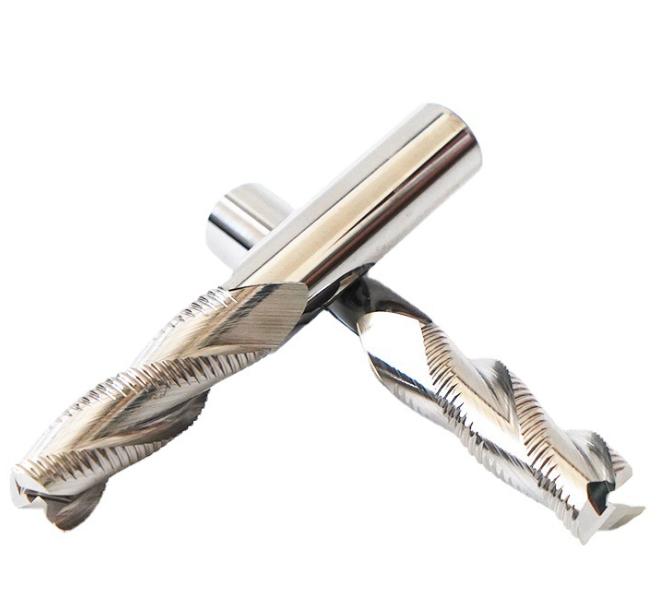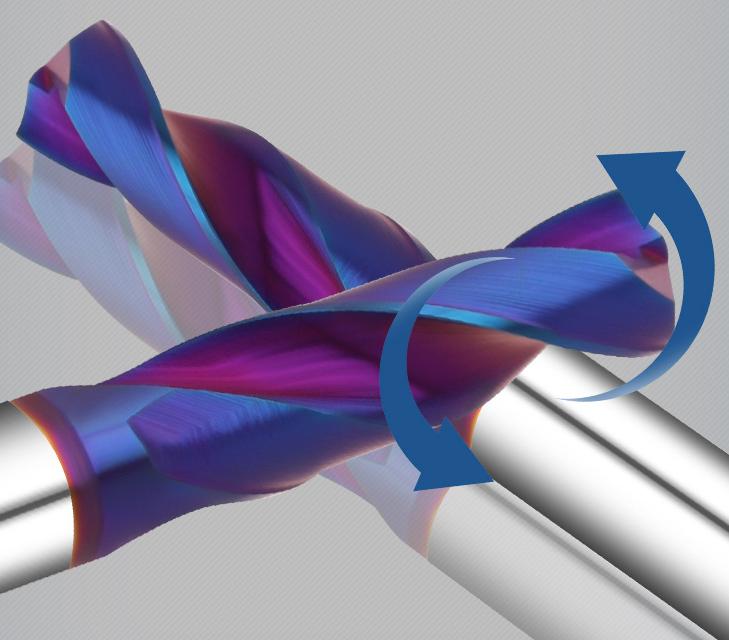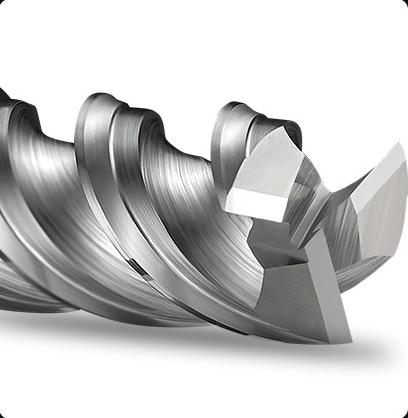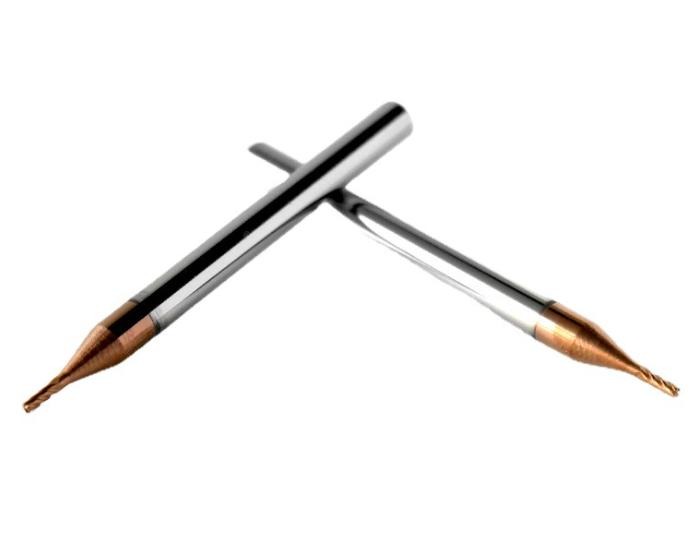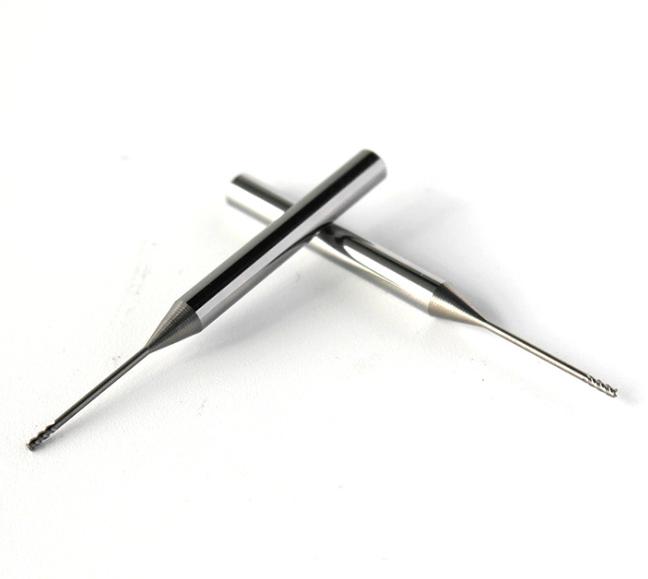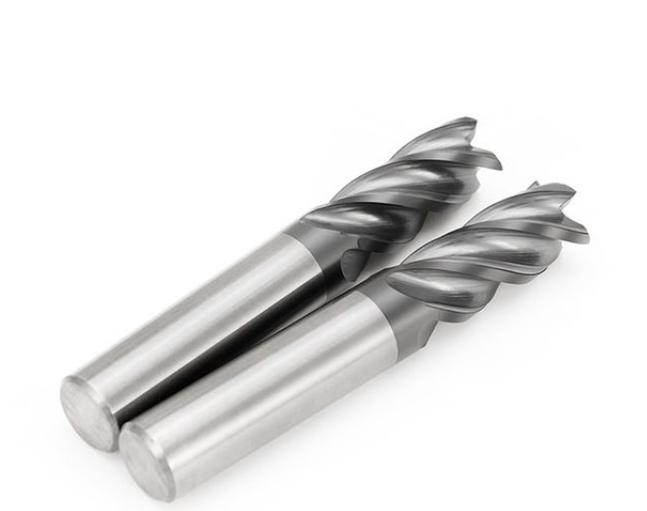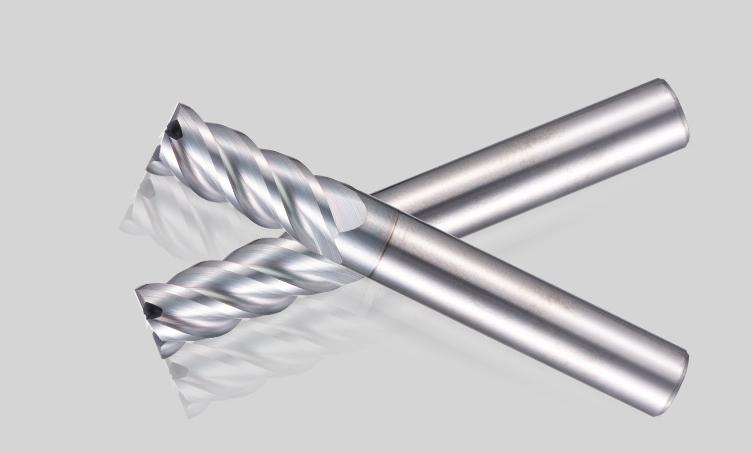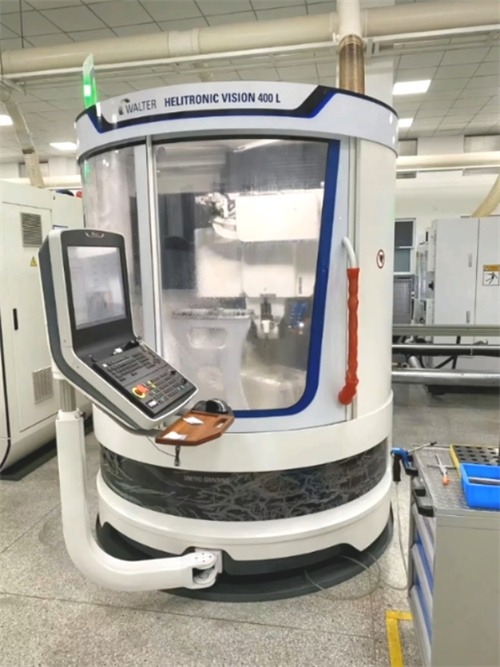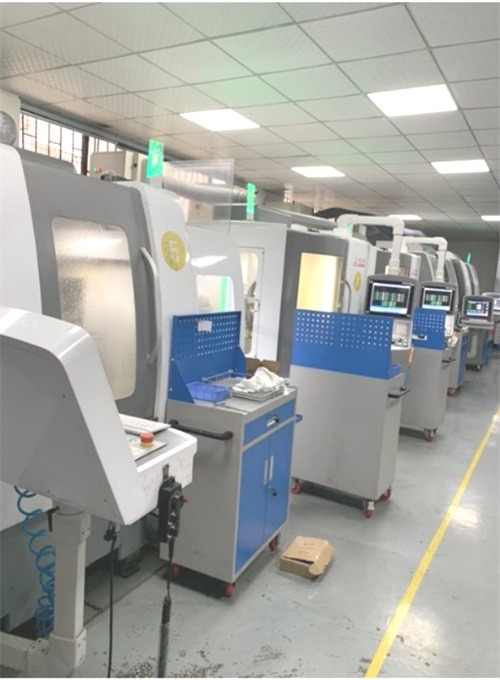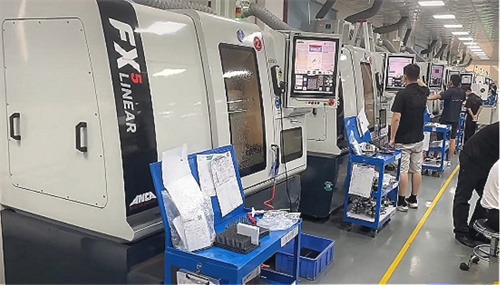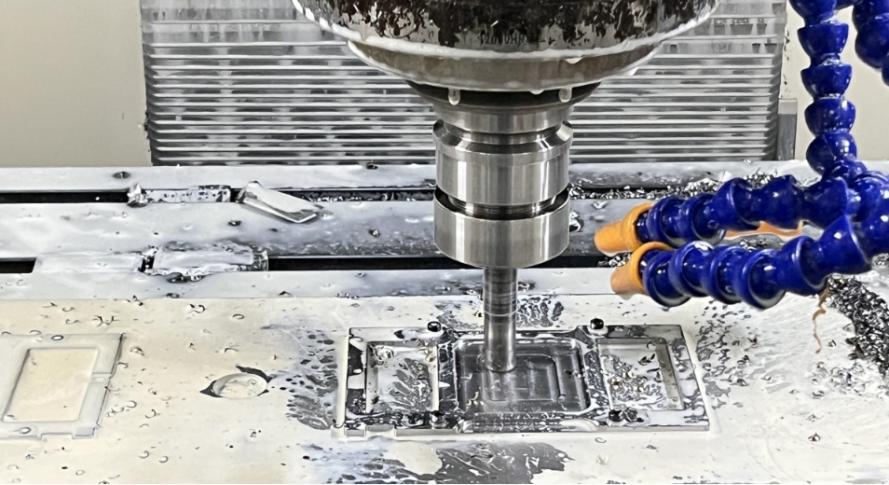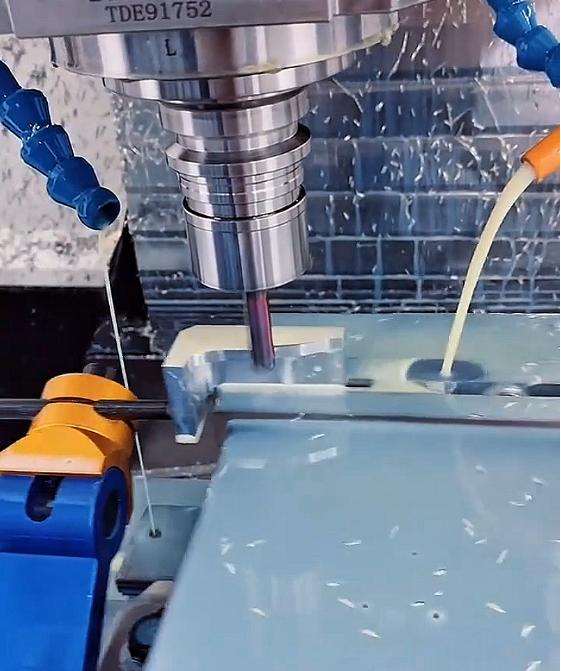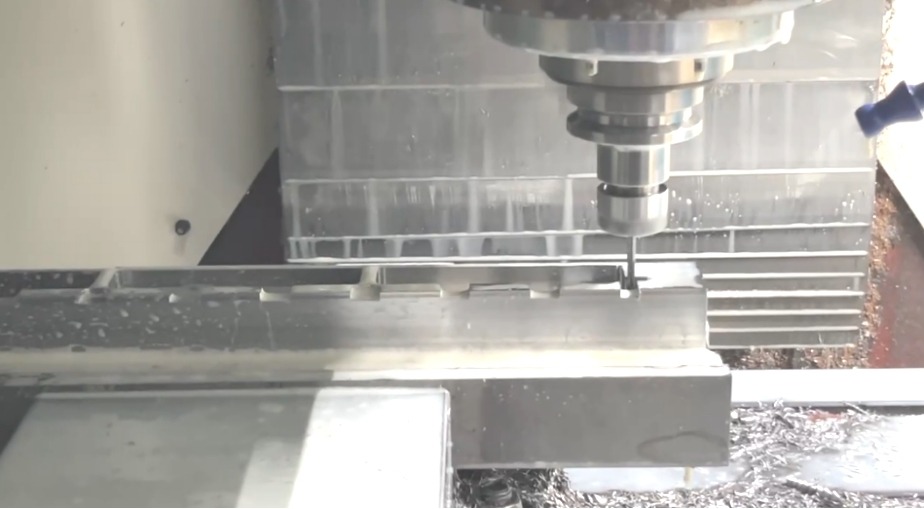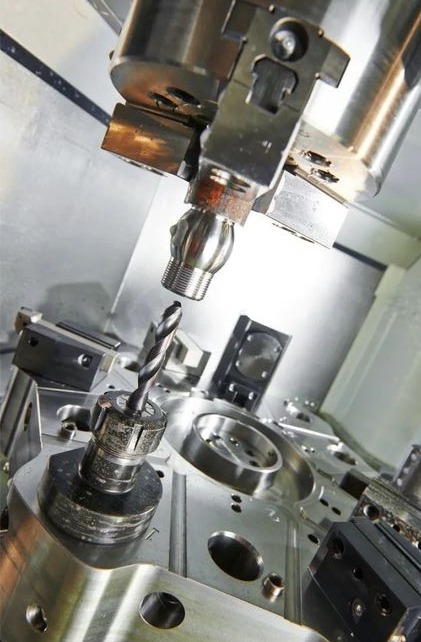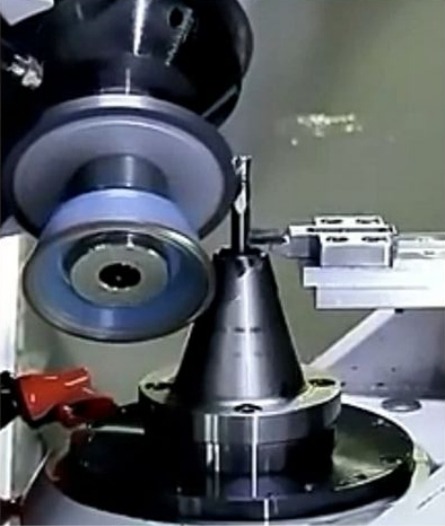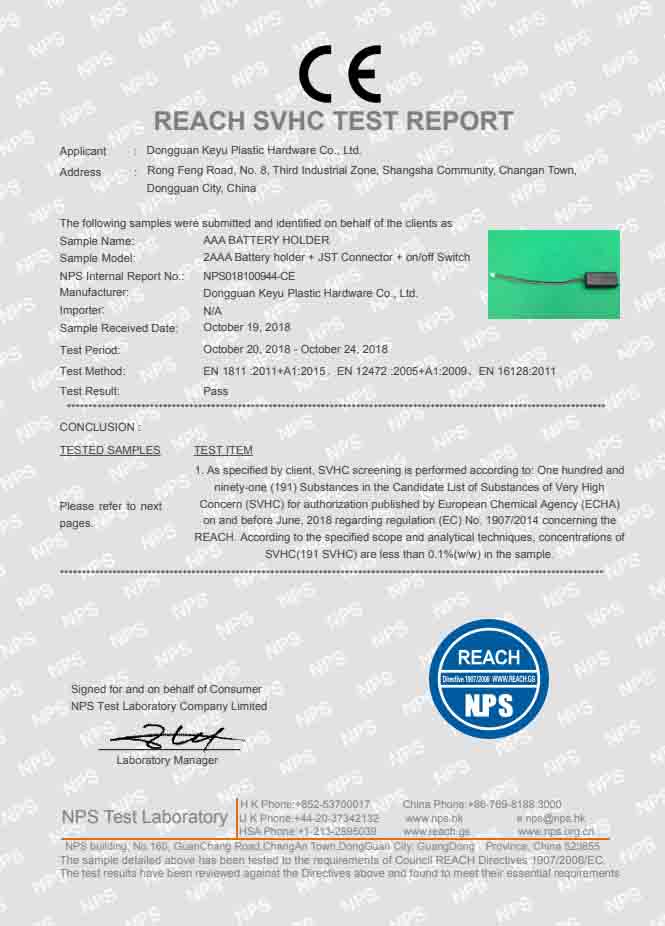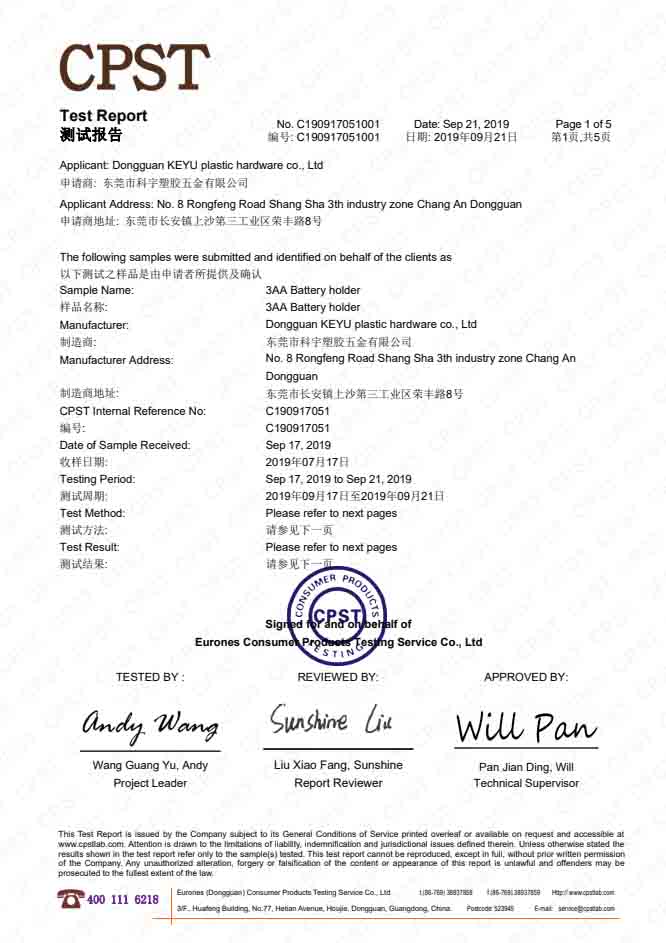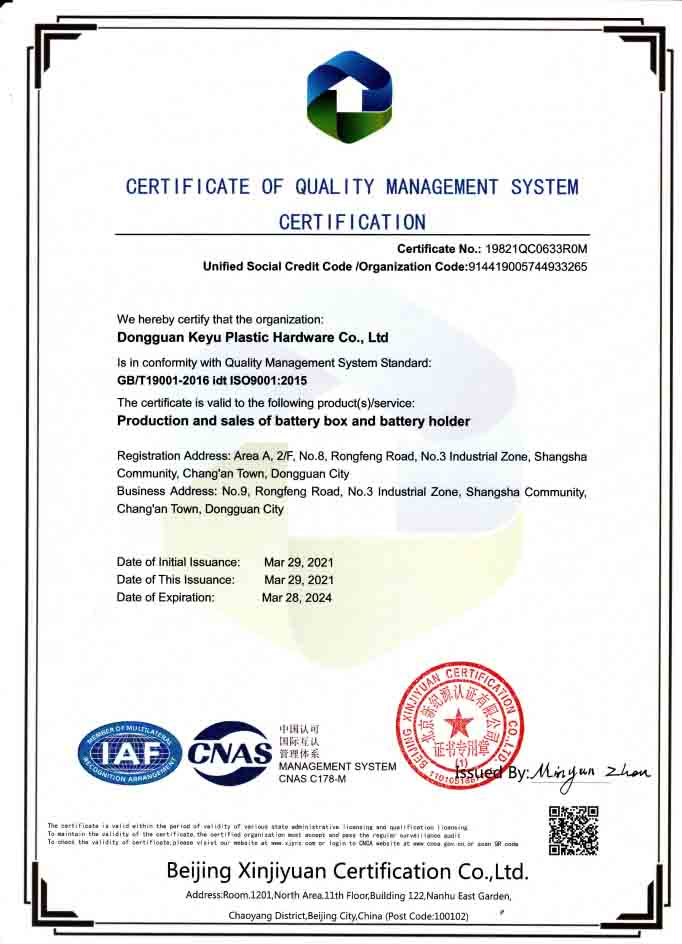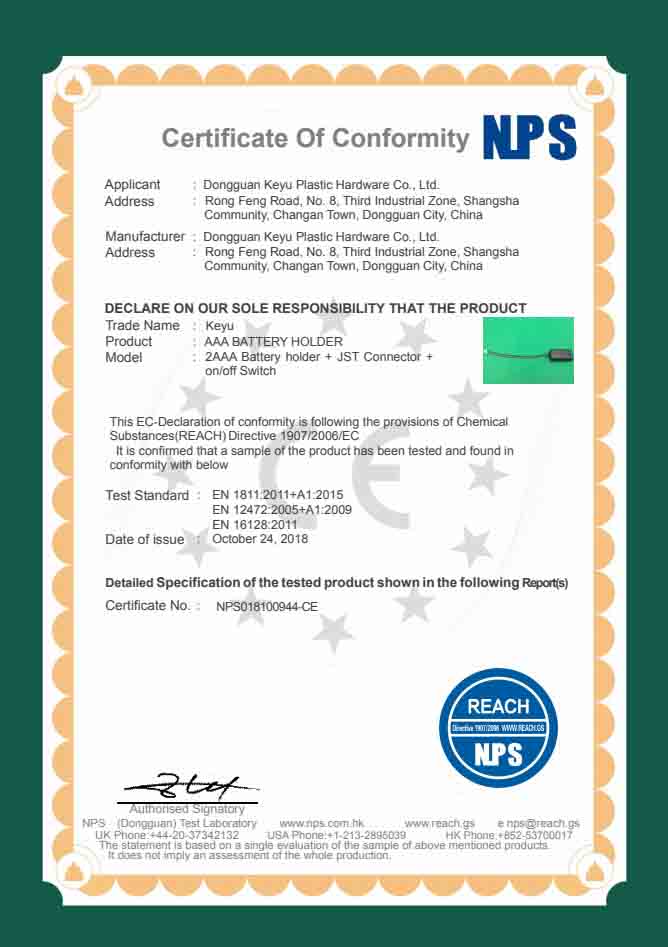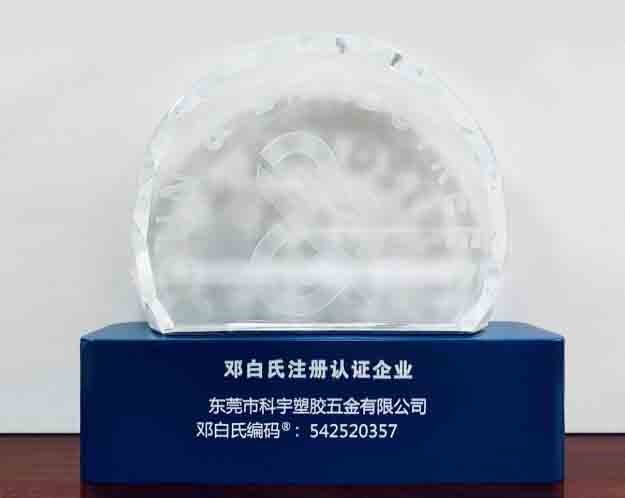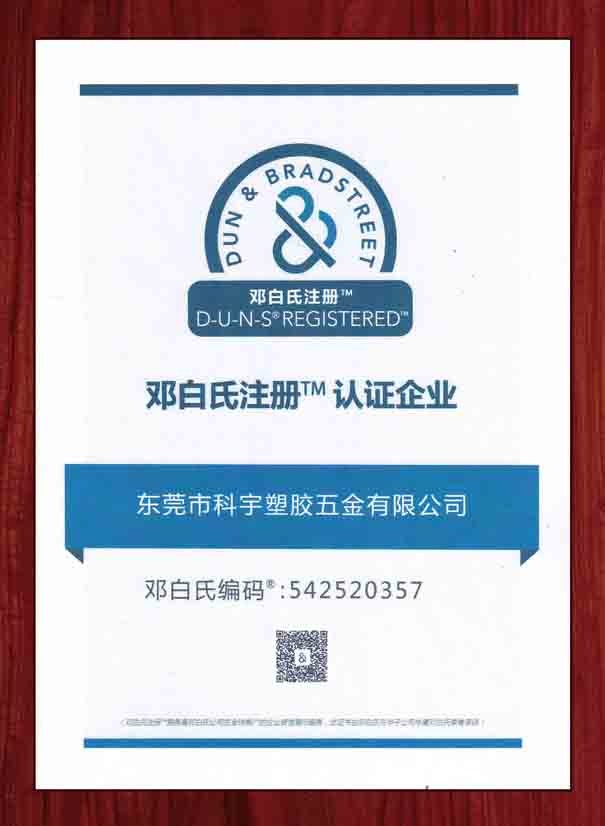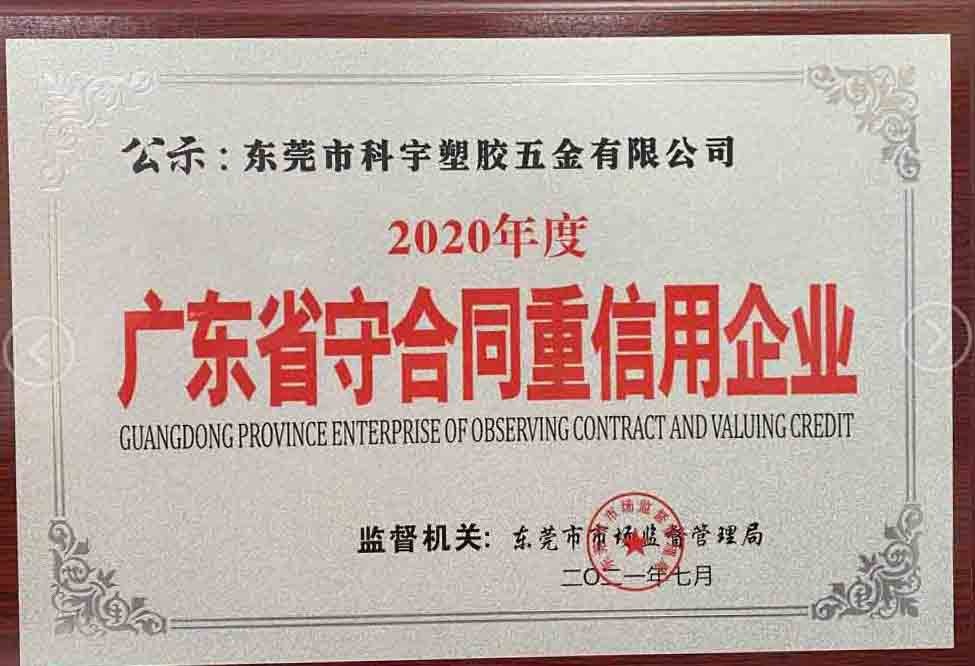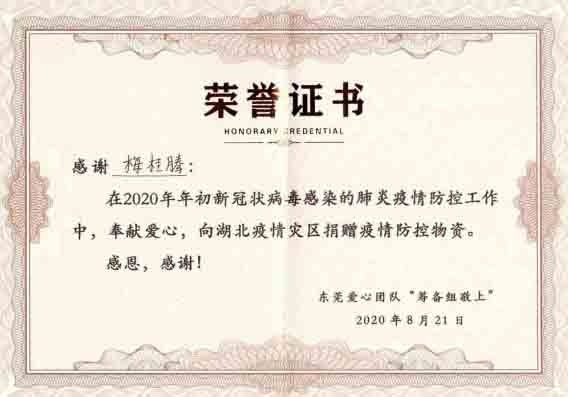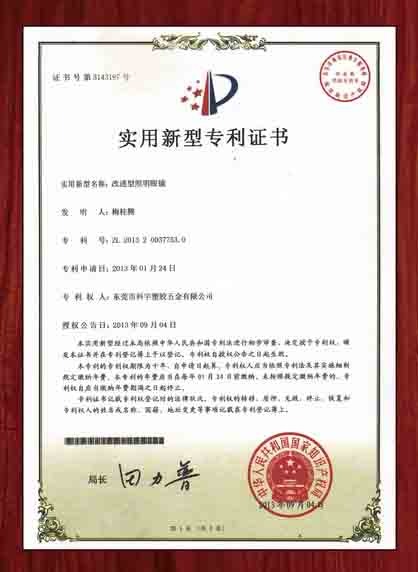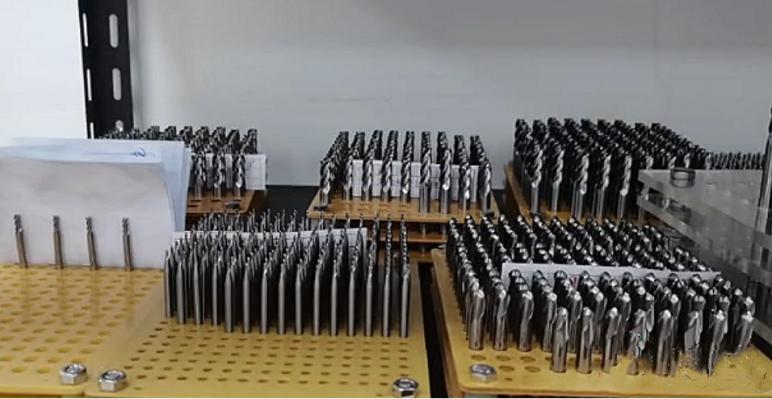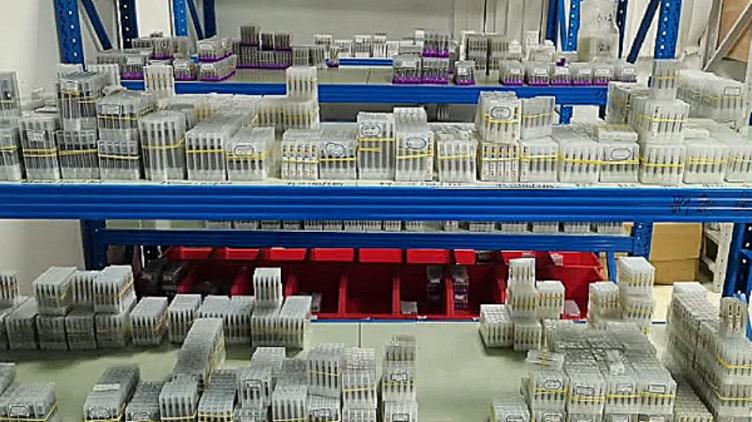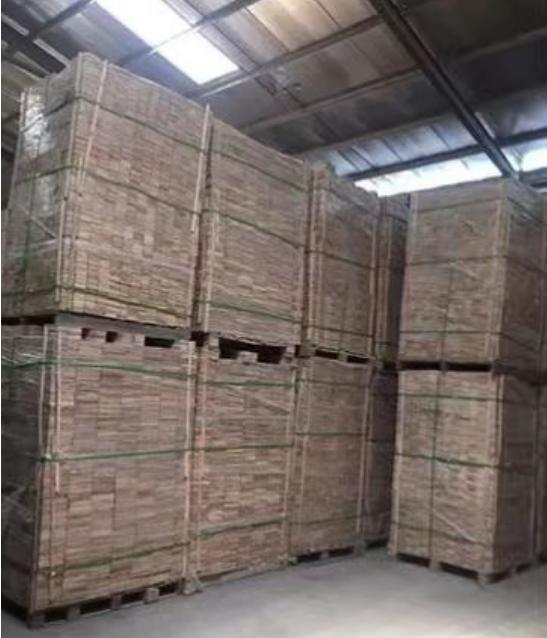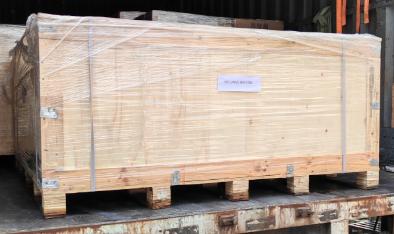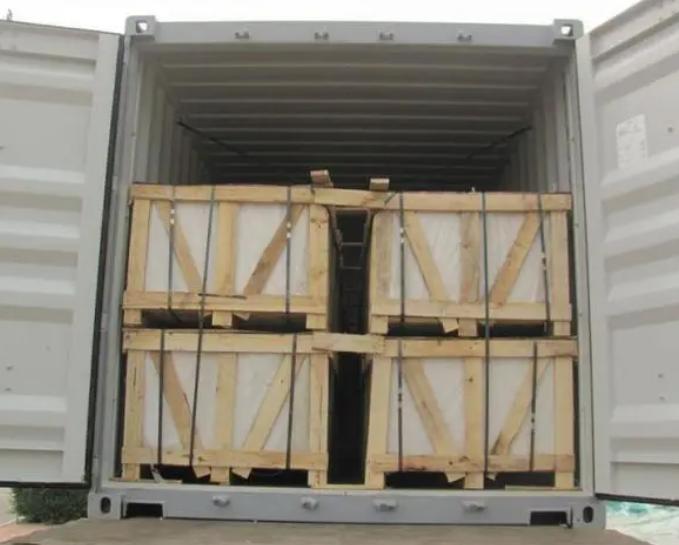Tungsten Steel Milling Cutter
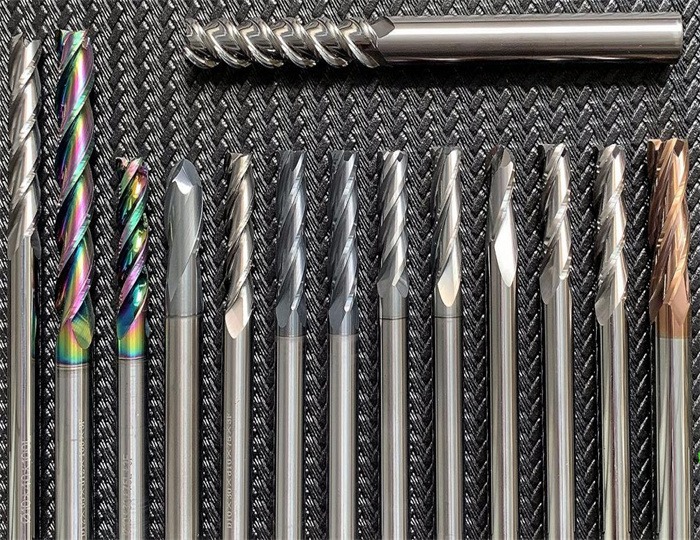
Tungsten Steel Milling Cutter Supplier
Tungsten steel milling cutter is a kind of metal cutting tool commonly used for machining materials such as metal, plastic, and wood. It is widely applied in modern industrial production, including fields like mechanical processing, mold manufacturing, model making, and automotive body manufacturing. Compared to traditional tools, it offers high efficiency, precision, and wear resistance during processing, which helps to improve production efficiency and quality. It is one of the most indispensable tools in modern industrial production.
KENENG specializes in the production of tungsten steel milling cutters. The main product types include tungsten steel milling cutters for aluminum, tungsten steel milling cutters for steel, special tungsten steel milling cutters for stainless steel, special milling cutters for titanium alloys, roughing tungsten steel milling cutters, tungsten steel T-slot cutters, tungsten steel dovetail cutters, and tungsten steel chamfering cutters, among others.
Specifications of Tungsten Steel Milling Cutter
| Photos | Product name | Description | Application | |
| Tungsten Steel Milling Cutters For Aluminum | Flat End Milling Cutter For Aluminum | Made of tungsten steel alloy, high hardness, good wear-resistant performance, extra-large chip removal groove, smooth chip cutting, not easy to stick the knife. | Mainly used for process aluminum parts, aluminum alloys, copper alloy materials, etc. | |
| Corner Radius End Milling Cutter For Aluminum | ||||
| Ball End Milling Cutter For Aluminum | ||||
 | Tungsten Steel Milling Cutters For Steel | Flat End Milling Cutter For Steel | adopting ultra-fine 0.3mm tungsten steel base material, it has good toughness and high hardness. The AlTiCrN coating greatly increases its wear resistance and improves product life. | Mainly applied for processing carbon steel, alloy steel, quenched and tempered steel, mold steel, pre hardened steel, tool steel, suitable for precision and rough integrated processing of steel parts below HRC45 °. |
| Corner Radius End Milling Cutter For Steel | ||||
| Ball End Milliing Cutter For Steel | ||||
 | Tungsten Steel Milling Cutter Specialized For Stainless Steel | Flat End Milling Cutter For Stainless Steel | Using high-quality tungsten steel bars, unequal spiral chip grooves, and SlTiCrN high-temperature resistant coating, it can effectively perform rough and fine processing on stainless steel. | Widely applied for processing stainless steel 303, 304, 201, 316, 440 material . |
| Corner Radius End Milling Cutter Stainless Steel | ||||
| Ball End Milliing Cutter Stainless Steel | ||||
| Tungsten Steel Milling Cutter for Titanium Alloy/Superalloy | Special Flat Cutter for Titanium Alloy | Suitable for rough and fine processing of titanium alloys TC4, TC6, TC11, TC12, high-temperature alloys GH4169, nickel 718, etc. | Suitable for rough and fine processing of titanium alloys TC4, TC6, TC11, TC12, high temperature alloys GH4169, nickel 718, etc. | |
| Titanium Alloy Special Round Nose Cutter | ||||
| Titanium Alloy Special Ball Cutter | ||||
 | Tungsten Steel Fixed-Point Chamfering Cutter | Fixed-Point Chamfering Cutter for Aluminum | The whole tungsten steel carbide and the fully ground edge passivation treatment make it more wear-resistant and effectively prolong the service life. | Suitable for positioning and chamfering of aluminum alloy, copper alloy, plastic and other materials. |
| Fixed-Point Chamfering Cutter for Steel | Mainly used for pointing and chamfering of carbon steel, alloy steel, quenched and tempered steel, die steel, pre-hardened steel, tool steel and other materials. | |||
| Tungsten Steel T-Type Cutter | T-Type Cutter for Aluminum | Integral tungsten steel carbide, increase chip tank design, chip removal is better, not easy to produce burrs and not easy to stick the cutter | Applied for T-groove processing of aluminum alloy, copper alloy, plastic and other materials. | |
| T-Type Cutter for Steel | Used for T-groove processing of carbon steel, alloy steel, quenched and tempered steel, die steel, pre-hardened steel, tool steel and other materials. | |||
 | Tungsten Steel Roughing Cutter for Aluminum | Roughing Cutter for Aluminum | Integral tungsten steel carbide, wavy design, large chip groove, for aluminum parts efficient processing, rough, improving work efficiency. | Widely used for rough processing of aluminum parts, aluminum alloys and copper alloys. |
Customized Tungsten Steel Milling Cutter Case Products
Custom tungsten steel milling cutters are tailored solutions designed to meet specific machining needs. These milling cutters are crafted from high-quality tungsten steel, offering exceptional hardness, wear resistance, and durability. Each cutter is precisely engineered to fit unique application requirements, ensuring optimal performance in demanding environments. Whether for high-speed milling, precision machining, or specialized tasks, these customized cutters deliver superior results, enhancing efficiency and productivity in various industrial applications.
How is the Tungsten Steel Milling Cutter Manufactured
- Material Selection: Choose suitable tool materials based on different tool applications and performance requirements, such as high-speed steel, hard alloy, ceramics, etc.
- Forging or Hot Pressing: Heat the selected tool material to a certain temperature, then use forging or hot pressing processes to shape it into the preliminary shape of the tool.
- Rough Shaping: Perform rough shaping on the forged or hot-pressed tool, including cutting, milling, turning, and other processes, to further approach the final shape.
- Heat Treatment: Through heat treatment processes such as quenching and tempering, the tool’s hardness, strength, and wear resistance are enhanced.
- Fine Shaping: Conduct fine machining on the heat-treated tool, including grinding and polishing, to achieve the final shape and precision requirements.
- Welding or Assembly: If the tool requires multiple components to be combined, the different parts are connected through welding or assembly to form a complete tool.
- Inspection and Quality Control: Inspect and control the quality of the manufactured tool to ensure that its performance and quality meet the requirements.
- Surface Treatment: Depending on the need, perform surface treatments on the tool, such as plating, coating, or painting, to improve the tool’s corrosion resistance and appearance quality.
- Packaging and Shipping: Package the finished tool, complete with labeling and records, and finally ship it for sale or distribution to users.
This process ensures the performance and quality of the tungsten steel milling cutter mold, meeting the demands of various industrial applications.
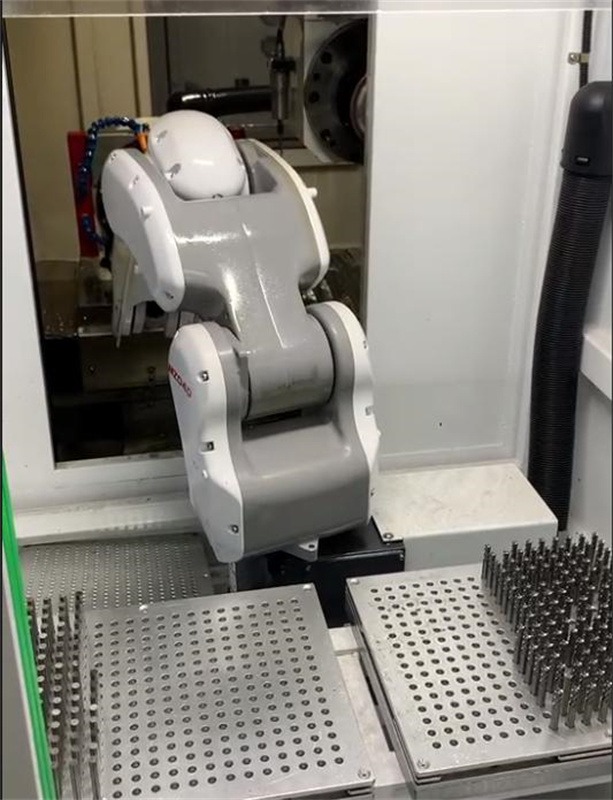
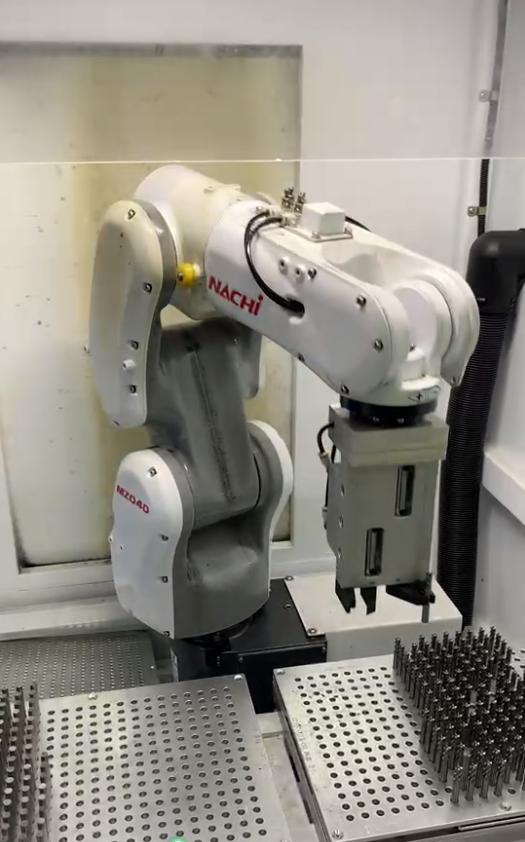
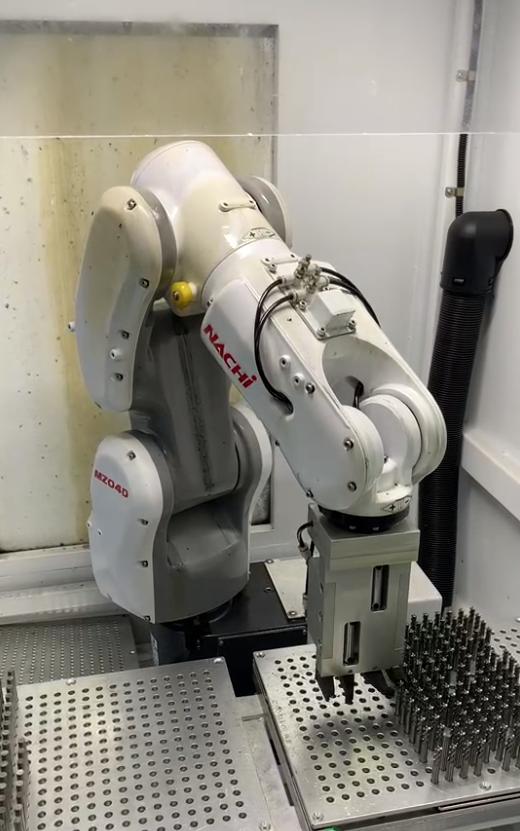
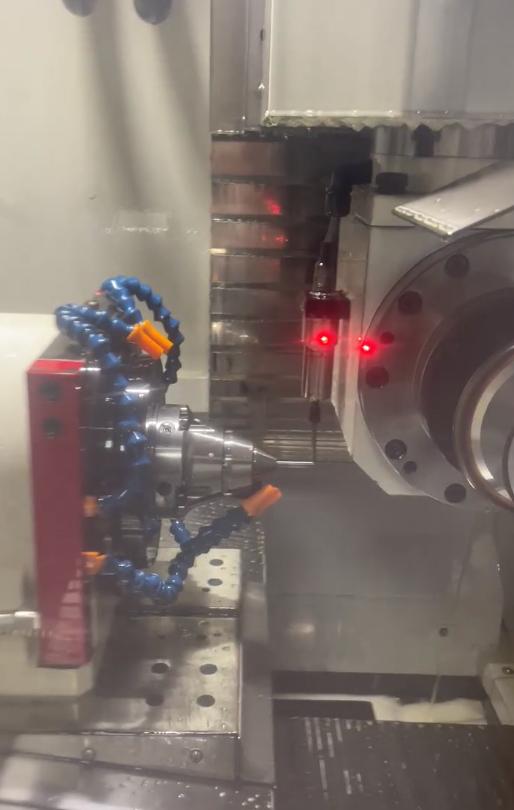
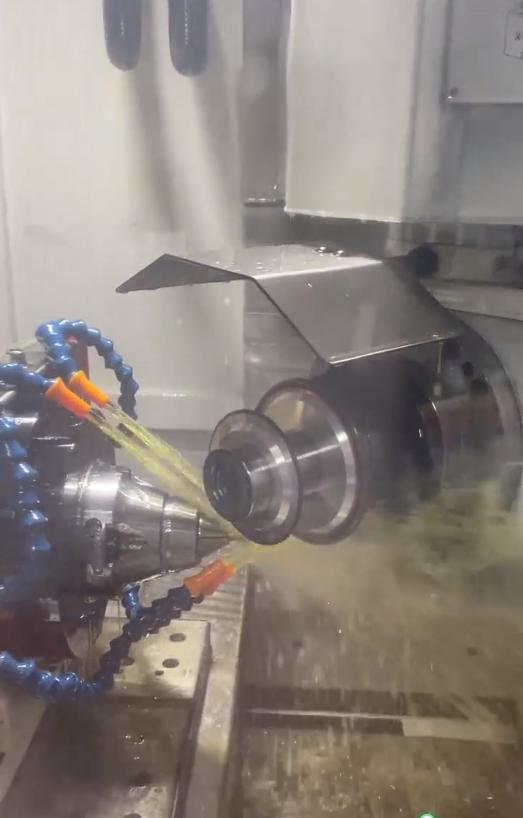
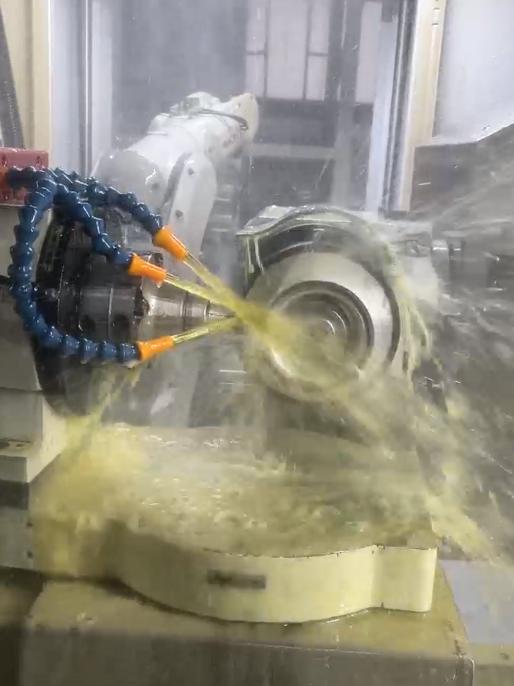
Advanced Equipment Used in the Manufacturing Process
Advanced equipment adopted by KENENG for tungsten steel milling cutters production, which includes precision CNC grinding machines, high-temperature furnaces for heat treatment, and automated forging presses. CNC grinding machines ensure the precise shaping and sharpening of the milling cutters, achieving high accuracy and consistency. High-temperature furnaces are employed for quenching and tempering, enhancing the hardness and durability of the cutters. Automated forging presses provide the initial shaping with consistent pressure and temperature control, resulting in superior material properties. These advanced tools and technologies are essential for producing high-performance tungsten steel milling cutters that meet stringent industrial standards.
Widely Applied Industries of Tungsten Steel Milling Cutter
The application range of tungsten steel milling cutters is very broad, covering various fields from the precision machining of metal mold cavities to intricate craft engraving. Tungsten steel milling cutters play a crucial role in industrial production. They are primarily used for machining mold cavities or the forming surfaces of punch molds, including but not limited to the following areas:
- Precision Machining of Metal Mold Cavities: Used for the fine machining of various metal mold cavities, such as shoe molds, to ensure the accuracy and quality of the molds.
- Craft Engraving: Whether working with metal or non-metal materials, these milling cutters are capable of handling various craft engraving tasks, including the detailed engraving of decorative items.
- Cleaning Work: Cleaning the flash, burrs, and weld seams from castings, forgings, and welded parts to ensure product cleanliness and quality.
- Machining of Mechanical Parts: Used for chamfering, rounding, and grooving of mechanical parts, as well as the precision machining of internal surfaces, to ensure the performance and accuracy of mechanical components.
- Finishing of Impeller Passage Areas: In places like automobile engine factories, these cutters are used to finish the impeller passage areas, improving the performance and efficiency of engines.
Additionally, the development of tungsten steel milling cutters has progressed from end mills to various specialized milling cutters, including flat-end mills, corner-radius mills, ball-end mills, and insert-based disc mills. These tools are selected and used according to different processing needs and application scenarios to ensure machining efficiency and product quality.
Why Choose KENENG as a Trustworthy Supplier of Tungsten Steel Milling Cutter

- 20 years of focus on manufacturing CNC tungsten steel milling cutters.
- Strict quality control with a 99% pass rate.
- Large inventory, timely delivery.

- Certified with ISO 9001 and IATF 16949 qualifications.

KENENG supplies tungsten steel milling cutters and carbide milling cutters. The company has a complete and scientific quality management system. We are committed to providing high-quality products and the best after-sales service to various machining manufacturers. Integrity and product quality are our most fundamental principles in serving customers.
Professional Certified
Packing & Delivery of Tungsten Steel Milling Cutter
The packing and delivery of tungsten steel milling cutters are meticulously managed to ensure the product’s integrity and performance upon arrival. Each cutter is individually packaged in protective cases to prevent damage during transit. The packaging includes detailed labeling for easy identification and traceability. The products are then securely boxed and cushioned to withstand handling during shipping. With a well-organized inventory system, orders are processed promptly, and delivery is executed efficiently, whether for domestic or international destinations. This careful attention to packing and delivery ensures that customers receive their tungsten steel milling cutters in perfect condition, ready for immediate use.

